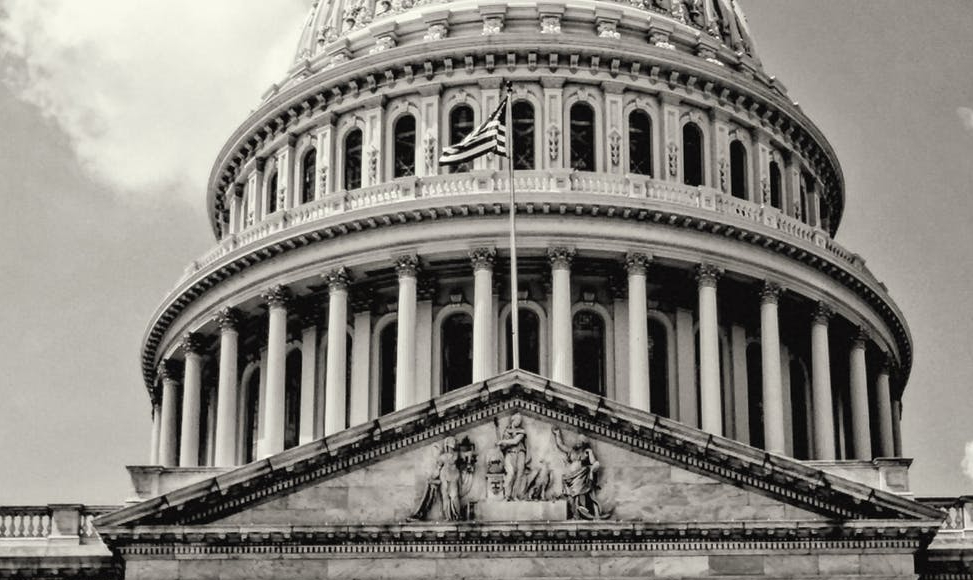
UPDATE (9/9/22): FiveThirtyEight updated their partisan lean metrics hours after I published this. The story has been updated to reflect the new data.
Special election charts and results as well as the above generic ballot polling average are by FiveThirtyEight. I wanted to credit them in the captions but WordPress is being dumb.
I think people are underestimating how likely it is that we’re in at least as favorable an environment for Democrats in 2022 as we were in 2020. Yes, Democrats are only ahead on the generic ballot by 1.2% at the time of this writing, whereas in 2020 they were ahead by 7.3%. But the polling in 2020 was notoriously bad. Democrats only wound up winning the House popular vote by 3.1%. That’s a 4.2% miss! In 2018 – when Trump was not on the ballot – the generic ballot got things exactly right. It predicted Democrats winning by 8.6% and they won by 8.6%.
The ‘Trump effs up the polls’ theory is going to be tested again this year (it makes sense since he destroys everything else that I love!) but in the meantime, let’s assume the generic ballot is correct, or at least close to correct (lets say for the sake of argument ±2%, which is in between the 4% error 2020 and the 0% error in 2018). Then the environment is anywhere from R+1 to D+3. So either slightly worse than 2020 or about the same.
But we also have other figures to go by, namely special elections. The advantage of special elections is that they aren’t polls. They’re actually elections where people go out and make a choice. The disadvantage is that they are usually low turnout affairs that attract only the most politically engaged. Still, they usually are pretty predictive. In the special elections since Dobbs, Democrats have been overperforming by between 7 and 11 points (depending on how you count Alaska).

So based on the generic ballot and special elections we can say that we’re in anywhere from an R+1 environment to a D+11 environment. To be clear, I don’t think we’re in a D+11 environment, so let’s use D+7 (the conservative calculation of special elections) as our high. So the environment is anywhere from R+1 to D+7, for a median of D+3. That puts us in basically the exact same environment we were in in 2020, when Democrats won 222 seats.

So Democrats should expect to win 222 seats? Not so fast. You forgot about redistricting! There’s a number of different ways to calculate the effect of redistricting but I think the easiest way is to look at how many districts Biden won. On the old map Biden carried 224 districts. On the new map he would have carried 225, according to Redistricter.

But Democrats ran 1.5% (or 2 seats) behind Biden; one of the reasons their House majority is so thin. So instead we can look at each district’s partisan lean or (PVI) using data from FiveThirtyEight. In a D+3 year Democrats should expect win every district with a PVI <R+3. This would give us a final result of 220D-215R. In an R+1 year it would be 206D-229R. A D+7 year would give Dems 237 seats, one more than they won in 2018, which makes me think we’re not in a D+7 environment (though stranger things have happened). So going by PVI we’re looking at Democrats winning anywhere from 206-237 seats, with the median being 221.5.
Another way of looking at it is to use FairVote’s Monopoly Politics Projections, which allow you to estimate each party’s share of seats based on different environments. I like this better because it uses toss-ups (so I have less likelihood of being wrong). In a D+3 environment there are 218 safe/lean D seats and 181 safe/lean R seats, with 36 toss-ups. 218 is the exact number you need to win the House. An R+1 environment gives us 209R-183D with 43 toss-ups. They don’t allow you to calculate D+7 but back of the napkin calulation tells me there’d be about 232 lean/safe D seats.



So going by FairVote, Democrats could expect to win anywhere from 183 seats (an R+1 environment where Republicans win all the toss-ups) to 254 (a D+3 environment where Democrats win all the toss-ups) with the median being 218.5. In a D+7 environment, Democrats would win close to 280 seats if they won all the toss-ups, but nobody’s had that kind of majority since the 1970s so I’m going to assume that’s not going to happen. Let’s stick to 254 (D+3 w/ all toss-ups) as our high.
So based on my read of the current environment Democrats are favored to win around 221.5 seats using PVI or 218.5 seats using FairVote’s projections. I guess this was all a long winded way of me saying that things are really freaking close! Also, someone’s going to have to be chopped in half. I suggest Marah Palintola.

Ranked choice voting is hard!









